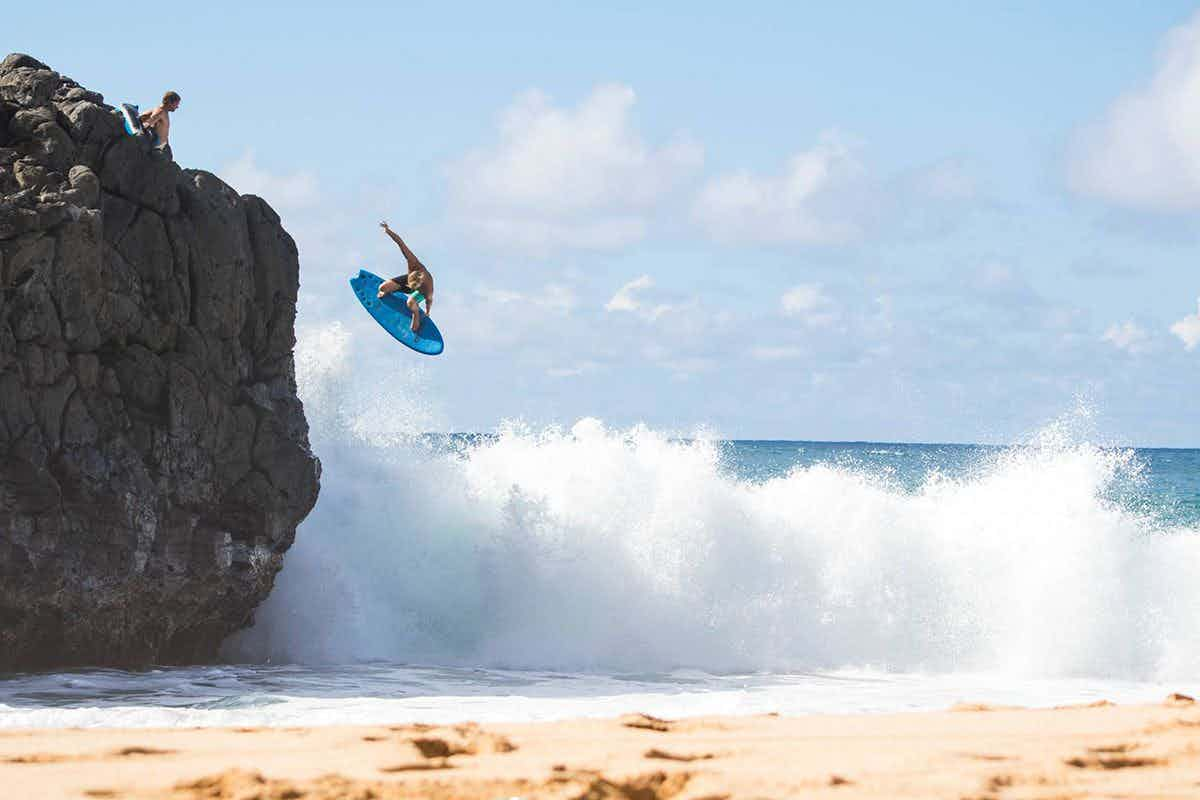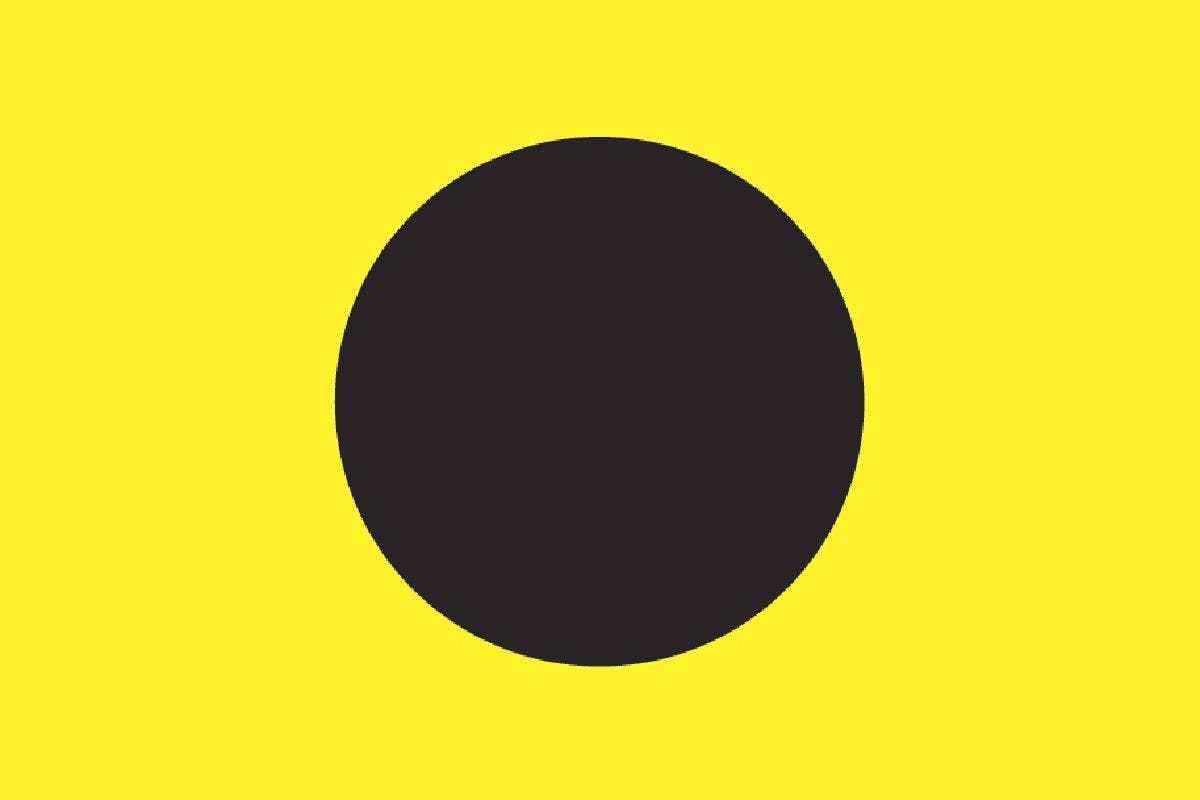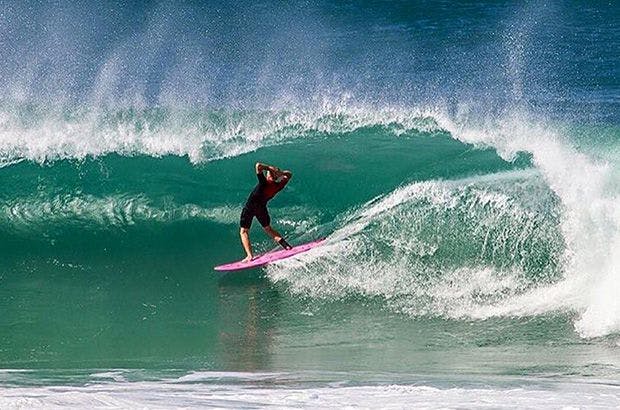Surf culture, SurfboardsSummer Soft Tops

Initially a reaction to the black ball rules on beaches in Southern California (which require surfers on hard, fiberglass covered surfboards to leave the water when the lifeguards raise a yellow flag with a black circle in the centre), there is no doubt that soft top surfboards have gained popularity far beyond the SoCal summer in recent years.

The black ball flag was first flown in California in the early 1960s as an attempt to reduce the risk of injury to water users when the beach became particularly busy and there was an increased risk of collisions between surfers and swimmers. They became common on popular beaches and in 1966 Newport Beach in Orange County began raising the black ball flag between midday and 4pm every day from early June until mid-September, with black ball season there now running from May 1st to October 31st. Inevitably, many surfers looked for ways to bend and break the rules and as busy summer beaches around the world also divided the line-ups with flags and buoylines in an attempt to keep water users safe, affected surfers experimented with oversized bodyboards that would allow them to ride waves standing up in the black ball zone.

These experiments developed into the original “Black Ball Beater” surfboards released by INT surfboards in 2002 – sub five foot, soft topped, slick bottomed and often finless (to comply with the rules) surfboards. But remarkably these surfboards, which arguably sacrifice significant performance characteristics in order to conform to the rules affecting a small number of the world’s surf population, spread beyond beaches affected by summer-time safety controls. Soft top surfboards are no longer the sole domain of surf schools as sizes shrink and increasing numbers of surfers add a beater board to their quiver for playful shorebreak sessions, inspired by footage and photos of Catch Surf ambassadors Jamie O’Brien and Kalani Robb.

Surfers have expanded their horizons in recent years to include all manner of craft, including beater boards. Whether that’s because line-ups in some places are now crowded to the point that waves are no longer canvases but slalom courses, or simply because surfers are starting to take themselves less seriously, is hard to say, but it’s hard to deny how fun these boards look.